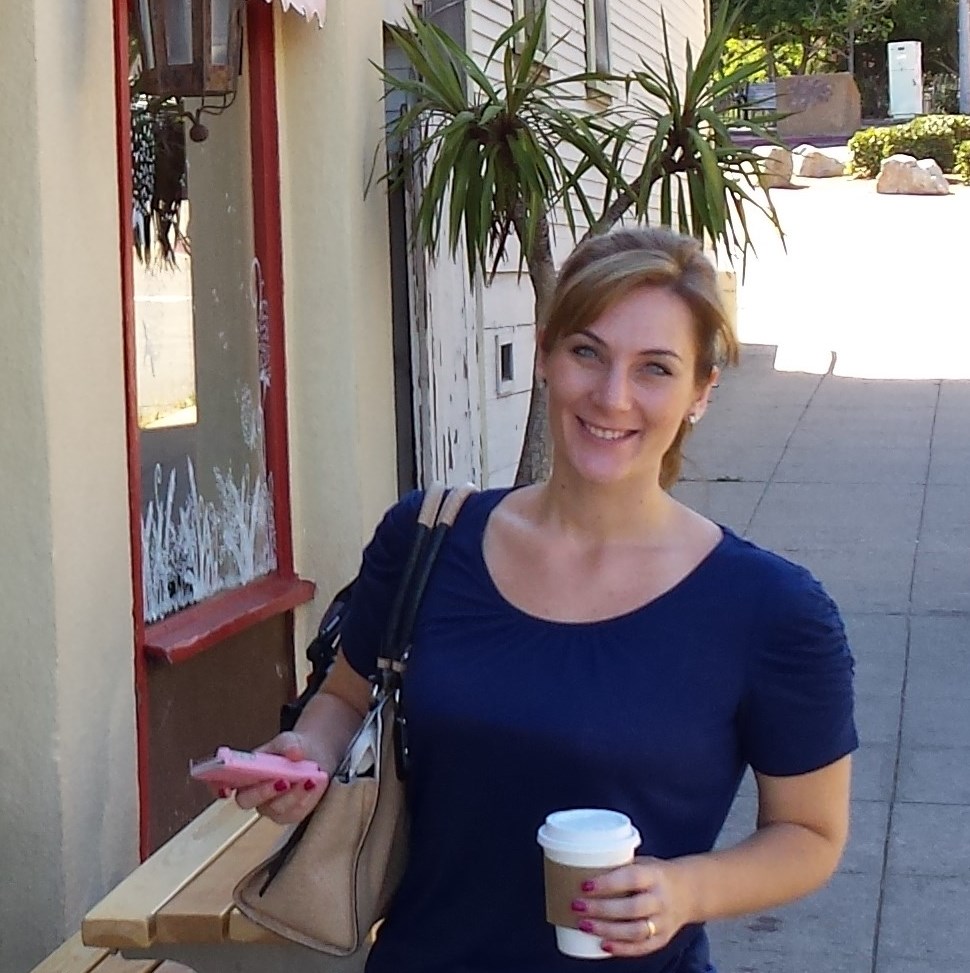This post may contain affiliate links, allowing us to earn a commission on the products we would recommend to our families and closest friends. You can find more info on our Legal Stuff page.
Financial security provides peace of mind. One of the most challenging aspects of managing money is being unsure of what is going to happen next. One moment, your finances look rosy. The next, a curveball throws you off track. The unpredictability of life is what makes it exciting, but it can also cause stress and anxiety, particularly when it comes to money. In this guide, we’ll discuss the benefits of having an emergency fund and offer tips to help you start your own SOS savings pot.The advantages of an emergency fund
Many of us have plans and expectations, but in truth, nobody knows what the future holds. It’s hugely beneficial to plan ahead for retirement and to put money away for weddings, new homes and college, but it’s also important to be prepared for emergencies. Bolts from the blue can jeopardize your financial future, and this is why it’s so useful to have a savings pot that you can dip into if the need arises. There are all kinds of eventualities that can transpire. From injured pets and unexpected accidents to legal issues and urgent auto or home repairs, you never know when you may need cash quickly. It may be possible to claim on your insurance or to find a 24-hour bail bonds company, but if you have access to funds instantly, this can reduce anxiety and save you money in the long-term. Everyone who sets up an SOS fund hopes that they won’t have to use it, but if life takes a sudden turn, it’s helpful to have cash available.
If you don’t already have an emergency fund, it’s a good idea to analyze your finances and to ask yourself if you’d be able to cope if you suddenly lost your job, you were unable to work due to an accident or illness or you found yourself facing a legal charge. If the answer is no, now is the time to start putting money aside.
Starting an emergency fund
There are no set rules when it comes to creating a savings pot for urgent situations or rainy days. The first step to take is to determine how much you could afford to put aside. Take a look at your accounts and use a budget to establish a suitable amount. You can then set up a monthly transfer to your savings account. Keep adding to the fund whenever you have a bit of spare cash available and look for accounts that offer the best interest rates. Whether you can afford $20 or $500 per month, it’s helpful to make regular payments and to build a fund you can access if you need money urgently. Save as much as you can without putting too much pressure on your finances. You shouldn’t be going without essentials or putting off paying back debts to bolster your savings balance. You can always start small and increase the value of the payment as your financial situation improves.
None of us know what the future holds, and this is why it’s so beneficial to have an emergency fund. If you don’t have money set aside, why not start saving today?





Comments (0)